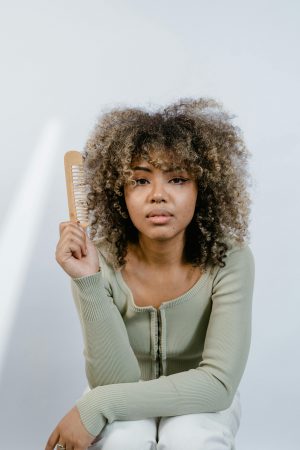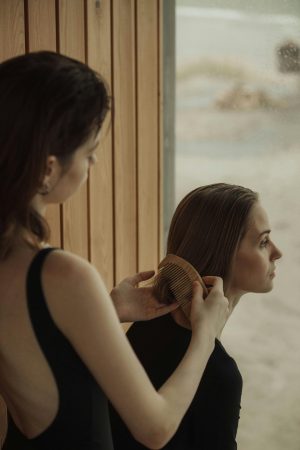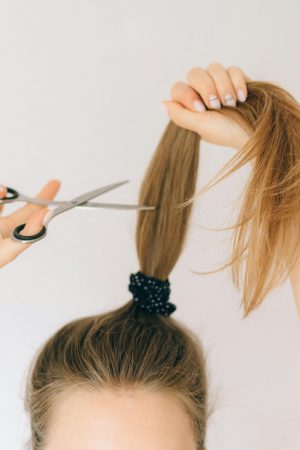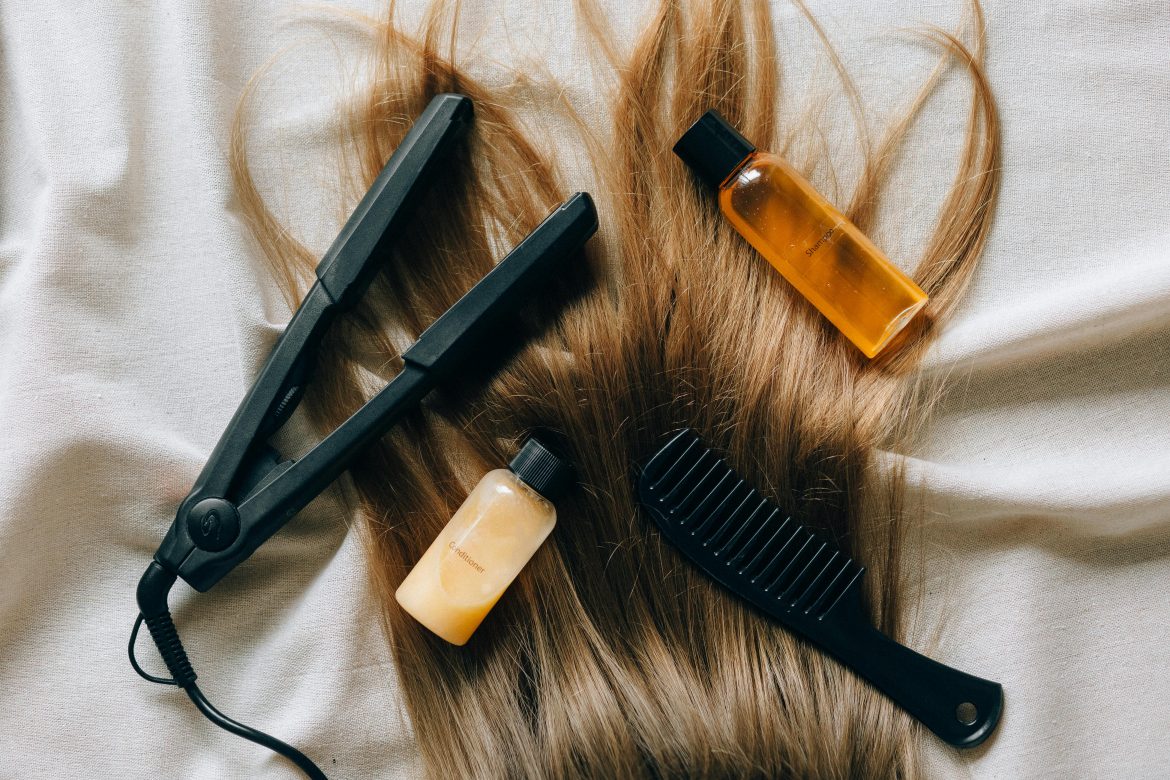If you’ve overdone it with the straighteners or relied too heavily on your curling wand, you’re not alone. Heat damage is one of the most common culprits behind dry, brittle, and frizzy hair, and it often sneaks up slowly, disguising itself as dullness or a loss of elasticity. But before you reach for the scissors and consider a dramatic reset, know this: it is possible to nurse heat-damaged hair back to health, no drastic chop required.
ALSO SEE: Thinking of cutting a fringe? Here’s what to really consider
First, put down the heat tools
It may sound obvious, but the first step in fixing heat damage is to stop adding more. Give your hair a proper break from blow-dryers, flat irons and curling tongs. If you must style, always use the lowest possible heat setting and apply a generous layer of heat protection beforehand. Look for sprays or creams with ingredients like dimethicone or hydrolysed proteins, which form a barrier over each strand and reduce moisture loss.
Hydration is your best friend

Pexels
Heat-damaged hair is thirsty hair. The high temperatures strip away your hair’s natural oils and leave the cuticle raised and prone to further breakage. Incorporating regular deep conditioning treatments into your routine is essential. Opt for masks rich in humectants like glycerine, as well as nourishing ingredients such as shea butter, coconut oil and aloe vera.
For best results, apply a hydrating mask once or twice a week, leaving it on for at least 20 minutes. Some formulas can even be left in overnight for an intensive moisture boost. Just be sure to wrap your hair to avoid mess and rinse thoroughly in the morning.
Strengthen from the inside out
Split ends and breakage are signs that your hair’s protein structure has been compromised. Restoring this strength means rebalancing moisture and protein levels. Protein treatments—especially those containing keratin or amino acids—can temporarily rebuild weakened strands. Use them sparingly, however, as too much protein can make the hair stiff and prone to snapping.
Equally important is your diet. Hair thrives on nutrients like biotin, iron, omega-3s and vitamins A and E. A well-balanced diet, or a targeted supplement, can support healthy regrowth and improve the overall condition of your strands from root to tip.
Try a bond-building treatment

Pexels
One of the more modern solutions to heat damage is bond-building technology. Products such as Olaplex or K18 have become cult favourites for a reason—they work to repair the internal structure of the hair by relinking broken protein bonds. These treatments go deeper than traditional conditioners and offer longer-lasting results when used consistently.
Bond repair systems are especially helpful for those with colour-treated or chemically straightened hair, as they target the kind of deep damage that standard masks can’t reach.
Trim what you must, not everything

Pexels
While it’s possible to restore much of your hair’s condition, severely split or frayed ends will eventually need to go. Regular trims are key to maintaining a healthy shape and preventing further damage from travelling up the hair shaft. But there’s no need to lop it all off. A light dusting every six to eight weeks can be enough to keep your length while gradually phasing out the most damaged sections.
Be patient and gentle
Healing heat-damaged hair takes time, and patience is essential. Avoid rough towel drying, aggressive brushing, or tight hairstyles that place unnecessary tension on already vulnerable strands. Use a wide-tooth comb, switch to a silk or satin pillowcase, and consider air-drying whenever possible.
Consistency is the real hero of hair recovery. With the right combination of protection, hydration, and care, your hair can bounce back—no drastic measures necessary.
ALSO SEE:
Update your Winter skincare routine – what to add, replace and ditch
Featured Image: Pexels

